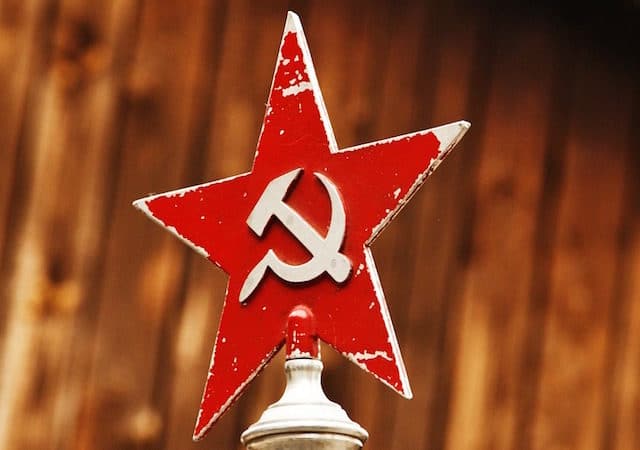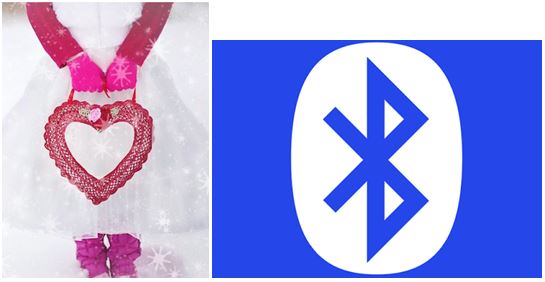4. The Hammer and Sickle

The Soviet Hammer and Sickle are arguably the most recognizable political symbols, next to only the Nazi Swastika and American Stars and Stripes. And even though their meaning is seemingly straightforward, there may be some hidden messages attached that not even Lenin himself knew about. The obvious symbolism behind them is that they stand for the proletariat (blue collar workers) in the form of the hammer, and the peasantry in the form of the sickle. Together they represented unity and a symbol for the Soviet state. But coming up with the emblem wasn’t as easy as it might seem. The hammer was indeed easier since it was traditionally associated with workers all over Europe. But the sickle was harder, and there were a number of other variations before this one. A hammer with an anvil, a plough and a sword, or a scythe and a wrench were among them.
The intriguing part here is the designer himself, Yevgeny Kamzolkin. He reportedly wasn’t even a communist at heart and was a deeply religious man. He was a member of the Leonardo da Vinci Society and as an artist he was well versed in symbolism. It isn’t then so farfetched to think that Kamzolkin may have used the hammer and sickle to send a completely different message, even if nobody else would get it. For instance, in Hindu and Chinese culture, the hammer is oftentimes linked with the triumph of evil over good. The sickle, on the other hand, was commonly associated with death in various religions. Before the scythe was introduced, Death was pictured with a sickle in medieval Europe. Old Slavic religions, as well as Hindu religions portray their respective gods of death while holding a sickle in their left hand. Could Kamzolkin have meant these when he designed the Soviet Hammer and Sickle? Probably not, but it’s still an intriguing notion.
All of this, of course, is mere speculation and we have no way of knowing whether it is right or wrong. Nobody asked Kamzolkin and the answer died with him back in 1957. But this can be seen as a great exercise when looking at other symbols, particularly older ones that we know very little about. Interpretation is the key here, and depending on the context and one’s point of view, a simple thing like this Soviet emblem can mean two completely different things.




































Discussion about this post